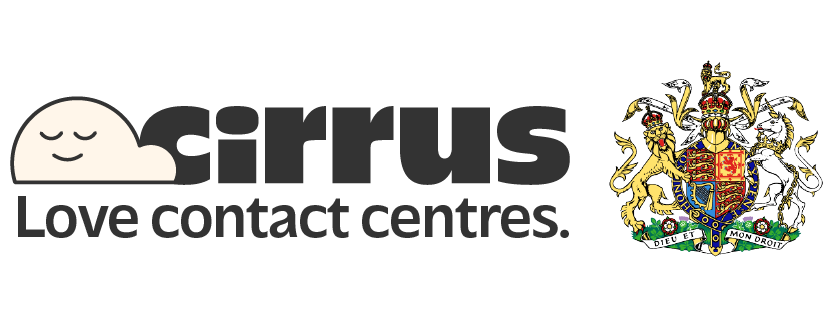What is patient engagement?
Patient engagement is the active collaboration between individuals and their healthcare providers to manage health decisions, behaviours, and outcomes. It focuses on supporting patients in taking informed actions, making shared decisions, and navigating their care journey with confidence. In today’s context, engagement spans both physical and digital settings, evolving from a concept of medical compliance into a core partnership in care approach.
Modern healthcare organisations consider patient engagement a central pillar of care delivery, whether for managing chronic disease, supporting preventive care, or coordinating outpatient care. It’s not limited to appointments; it includes continuous communication, education programmes, feedback collection, and digital patient engagement strategies that support convenience and access.
The importance of patient engagement
Research, including systematic reviews and empirical studies, consistently shows that engaged patients have better health outcomes, lower costs, and improved satisfaction. Participation in care decisions enhances interpersonal trust between patients and providers, contributing to a more personalised and respectful healthcare experience.
Involving patients in their care:
- Improves adherence to treatments
- Reduces avoidable admissions
- Promotes proactive behaviours
- Builds long-term patient trust
- Strengthens outcomes in both acute diseases and chronic conditions
For healthcare professionals, fostering engagement is not only about communication—it’s about encouraging individualised care based on patient preferences, values, and level of activation.
The benefits of an effective patient engagement strategy
An effective engagement strategy provides structure and consistency across healthcare systems. It ensures patients understand their rights, options, and the impact of their decisions. When supported by tools like CRM-connected platforms, it becomes easier to coordinate care and measure impact.
Benefits include:
- Increased appointment attendance
- More accurate health data collection
- Enhanced patient experience and satisfaction
- Reduced readmissions for patients with complex needs
- Seamless information exchange between healthcare workers
Integrated systems using omni-channel communication also ensure that communication is clear, timely, and accessible regardless of the patient’s location or communication preferences.
The challenge of patient engagement
Despite its benefits, engagement can be difficult to implement effectively. Patients vary widely in their needs, access to technology, and interest in managing their care. Challenges include:
- Low digital literacy
- Language and cultural barriers
- Mistrust in clinical practices
- Disjointed communication systems
- Overreliance on medical paternalism
To address these gaps, patient education and counselling must be delivered in ways that consider the patient’s context. Providers must support involvement in care decisions and remove barriers that limit access or understanding.
Features like accessibility tools ensure patient portals, reminders, and documents are available to people with varying needs.
Patient engagement strategies
Healthcare providers are shifting from compliance-focused models to participatory approaches. Engagement in healthcare should be collaborative and flexible. Here are five key strategies:
1. Enable self-service access
Allow patients to schedule, cancel, and update information via patient portal systems. Integration with contact centre technology supports multi-channel access and reduces wait times.
2. Prioritise two-way communication
Create channels for patients to ask questions, provide feedback, and voice concerns. Using Cirrus Copilot can help manage inbound queries and direct them appropriately.
3. Provide targeted education
Deliver educational content that matches the patient’s diagnosis, preferences, and level of understanding. Tailored measurement scales and activation surveys help providers track progress and offer more relevant guidance.
4. Involve patients in system feedback
Ask for opinions on their care experience, clarity of communication, and satisfaction with services. Feedback loops built into workforce optimisation systems help providers adjust policies and workflows in real time.
5. Tailor outreach and follow-up
Follow-up messages should reflect recent encounters or hospital care episodes. Timing, content, and tone all matter. Integrated systems support informed decisions by offering full communication histories.
The shift to digital patient engagement
The pandemic accelerated a rapid transition toward digital-first strategies. Providers increasingly rely on tools like mobile apps, video consultations, and secure messaging platforms to meet evolving patient expectations.
This digital shift is reshaping engagement in healthcare, allowing:
- Virtual care for primary care and specialist visits
- Health tracking for chronic disease management
- Automated updates on lab results or medication reminders
- Personalised interactions across channels via Microsoft Teams integration
Digital approaches also improve record-keeping, centralise communication, and reduce gaps in follow-up. With the right search strategies, systematic scoping reviews show clear evidence that digital tools enhance engaged patient behaviour and satisfaction.
Patient experience and satisfaction
Improving quality of care is not only about medical outcomes—it also includes how care is delivered. Patients value respectful communication, timely responses, and feeling heard during their journey.
Experience can be influenced by:
- Wait times
- Clarity of information
- Ability to access care
- Personal connection with healthcare providers
- Seamless transitions between contexts of care
Patient-centred care emphasises both technical expertise and experience of engagement. By combining structured approaches like clinical practice guideline development with direct communication, healthcare providers offer better support.
Patient access and equity
Participation in healthcare starts with access. This includes having the ability to contact a provider, understand instructions, and participate in decision-making. Providers must address access disparities related to income, language, or disability.
With tools like accessibility enhancements, healthcare becomes more inclusive. Equity-driven practices also involve a broad search strategy design when evaluating engagement models and outcomes for diverse populations.
Frequently asked questions
What is patient engagement in healthcare?
It refers to the patient’s active involvement in their own care, including decision-making, communication, and use of healthcare resources to improve health outcomes.
Why is patient engagement important?
It leads to better patient outcomes, improves satisfaction, and supports collaborative care delivery between healthcare professionals and individuals.
What are the benefits of digital patient engagement strategies?
They improve access, support self-management, offer real-time updates, and facilitate ongoing communication, especially for managing chronic conditions.
How does engagement influence patient outcomes?
Engaged patients are more likely to follow recommendations, attend appointments, and communicate proactively, leading to measurable improvements in health and satisfaction.
What role do healthcare workers play in engagement?
They are the facilitators of trust, communication, and education. Their ability to adapt, listen, and respond influences whether patients feel empowered or sidelined.
Final thoughts
Engagement in care requires more than outreach, it requires a partnership built on trust, access, and responsiveness. When patients in healthcare research are treated as contributors rather than passive recipients, outcomes improve.
For healthcare systems seeking to build better engagement pathways, start by exploring CRM-integrated solutions, accessibility tools, and omni-channel platforms, or request a demo to discover what’s possible.
Your Contact Centre, Your Way
This is about you. Your customers, your team, and the service you want to deliver. If you’re ready to take your contact centre from good to extraordinary, get in touch today.


